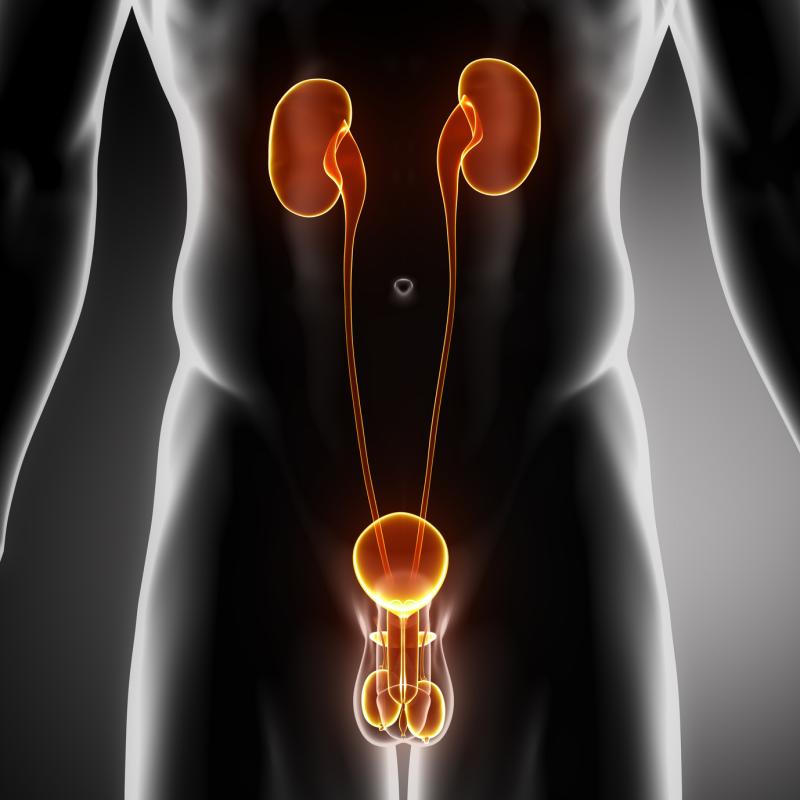
Urolithiasis-related obstructive uropathy exerts the worst effect on renal outcome in patients with acute kidney disease (AKI), a study has found. Acute pyelonephritis (APN) and elapsed time to release the obstruction are also associated with poor prognosis.
Researchers reviewed the medical records of 1,607 patients from a urolithiasis-related obstructive uropathy cohort and assessed the following outcome measures—1) estimated glomerular filtration rate (eGFR) decrease of ≥30 percent and/or end-stage renal disease (ESRD) and 2) eGFR decrease of ≥50 percent and/or ESRD—in relation to obstruction duration, AKI and APN accompanied by obstructive uropathy.
In an analysis of prognosis according to obstruction duration quartile, longer obstruction duration was associated with a higher likelihood of eGFR reduction >50 percent (p=0.02). Declines in eGFR of ≥30 percent and ≥50 percent occurred more frequently patients with concomitant APN or severe AKI during hospitalization for obstructive uropathy (p<0.001).
Multivariate analysis revealed that an eGFR decrease of ≥50 percent was associated with concomitant APN (hazard ratio [HR], 3.495, 95 percent confidence interval [CI], 1.942–6.289; p<0.001), concomitant AKI (stage II: HR, 3.284, 95 percent CI, 1.354–7.965; p=0.009; stage III: HR, 6.425, 95 percent CI, 2.599–15.881; p<0.001) and an obstruction duration of >7 days (HR, 1.854, 95 percent CI, 1.095–3.140; p=0.001).
Tree analysis confirmed that AKI grade 3, APN and an obstruction duration of >7 days were the most important factors that influenced renal outcome.
According to the researchers, early obstruction release may contribute to the improvement of prognosis by reducing the incidence of infection or acute renal failure.